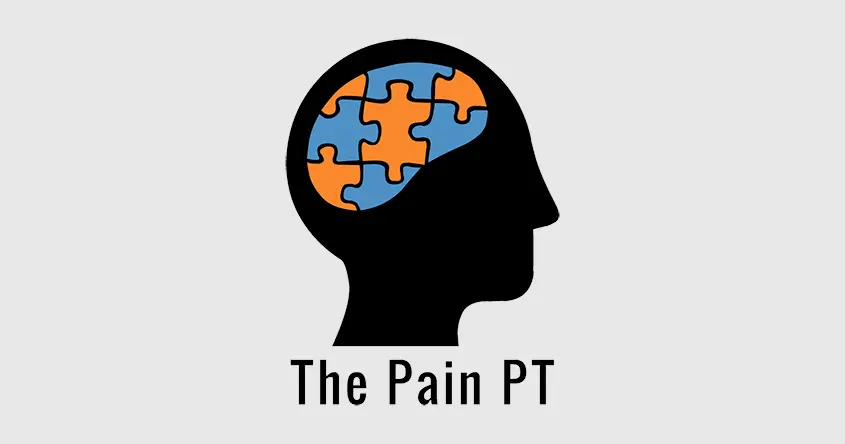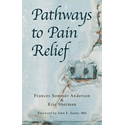Anxiety, Worry, & Somatic Symptoms

There is a bi-directional relationship between anxiety, worry, and functional somatic symptoms (FSS). This 2021 study concluded that:
Previous studies have shown that anxiety and FSS are associated with each other at a group level. Individuals reporting high levels of anxiety are more likely to report high levels of FSS compared to individuals with low anxiety levels [12,13]. In addition, FSS are associated with anxiety disorders, such as panic disorder and generalized anxiety disorder [10,11]. Our results extend these findings, by showing that individuals reporting higher levels of FSS also report higher levels of worrying and feelings of anxiety during the day. A longitudinal cohort study aiming to clarify this relationship in a large population cohort of adolescents suggested that anxiety is a risk factor for FSS, yet FSS also influences the development of symptoms of anxiety [18]. These findings are in line with the findings of the current study, which show that relationships between symptoms of anxiety and somatic symptoms occur in both directions. However, the present study extends the findings by Janssen et al. [18] by showing that in some individuals changes in somatic symptoms were followed by changes in levels of worrying and feeling anxious, while in others it was the other way around.
So anxiety and worry can cause somatic symptoms and somatic symptoms can cause anxiety and worry to rise as well. The bottom line is we need to address anxiety and worry with functional somatic symptoms as it can be a key component and driver of continuing chronic symptoms in the body.






